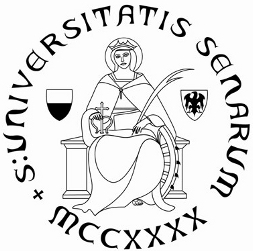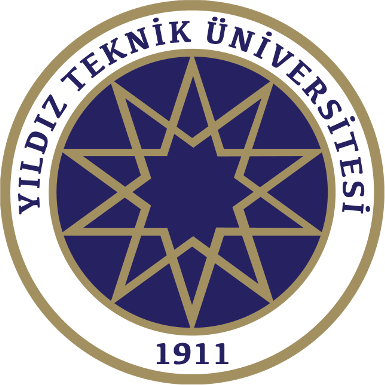
|
He was Visiting Researcher at the University of Toronto, ON, Canada, from June 1, 2017 to August 31, 2017. In this period, in collaboration with the Multimedia Laboratory, directed by Prof. Konstantinos N. Plataniotis, the research activities focused on the study and realization of innovative pattern recognition methods and algorithms based on image processing and computational intelligence techniques, with a specific focus on biometric applications. In this context, the research focused on innovative methods based on Convolutional Neural Networks with unsupervised training for the adaptive analysis of palmprint samples captured using contactless and non ideal acquisition procedures. The major contributions consist in the use of Convolutional Neural Networks able to extract highly-discriminative biometric information, while being trained with unlabeled biometric data.
Subsequently, he was Visiting Researcher at the University of Toronto, ON, Canada, from December 2, 2019 to March 2, 2020. In this period, the research focused on the study and realization of innovative pattern recognition methods and algorithms based on image processing and computational intelligence, with a specific attention to biomedical applications.
|

 Google Scholar
Google Scholar Scopus
Scopus GitHub
GitHub DBLP
DBLP







